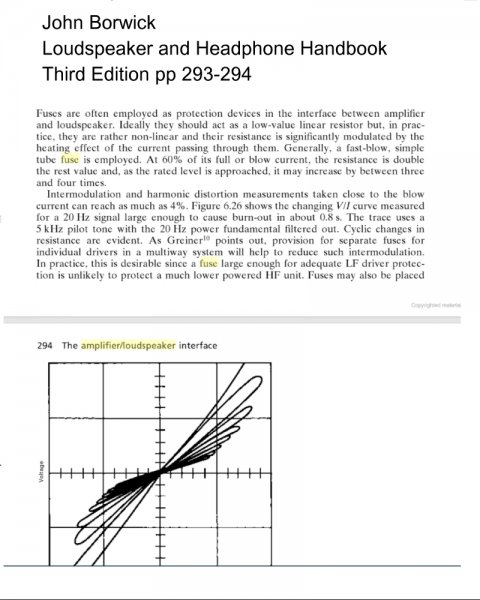Audiocrack has asked a couple of times if I'd report on the Audio Magic SHD Ultimate beeswax, in light of my also having tried the SR Blue (in two different locations). While I wouldn't let the SR Blue near my system again, to be fair and balanced (LOL) it has some qualities that are a substantial improvement over the SR Black and have obvious appeal (along with its price, relative to the Ultimate). My first reaction to it in the PS Audio DirectStream dac and then their P10 power regenerator was how much it made the music swing; it's got PRaT galore! It's also brings a very quiet background, as many have noted, which adds a sense of considerable transparency and expansiveness. Tonal/timbral accuracy, however, along with a certain dryness and somewhat recessed soundstage, were another matter, which led me to move on.
The effects of the Ultimate beeswax, which I first put in the DS, and now also in the P10, are very different, and perhaps will be most appealing to a different kind of listener. What immediately stood out to me were two things: much greater tonal/timbral accuracy - e.g., pianos sounded like pianos, voices like voices - and, well, the word "articulate" kept and keeps coming to mind. One actually hears each note in its fullness, and between notes, as well as "all the way around” each instrument on decent recordings, i.e., the overtones and undertones and resonances, especially in smaller ensembles. There's a substantial sense of each note and instrument having body, and with it tonal clarity and delicateness. Bass comes across more substantive and precise into the lower registers (e.g., acoustic bass), although I won't be able to judge fully until I get a pair of JL Audio subs set up. Liquid (or almost so) is a term that comes to mind sometimes. Other times, rich. The soundstage is relatively broad and in my system at least, up close to the speaker horizontal, which is my preference. Image stability is very decent. One other result of it bringing out so much more in recordings is that a lot of poorer recordings and mp3’s sound better than previously heard (but not by eliminating flaws, such as by rolling off the highs).
Jerry of Audio Magic refers to the Ultimate as tonally the most natural sounding fuse he's developed. I would say yes, with the caveat that "natural" means vastly different things to different developers and listeners. So I will say that it is modestly warm, easily more so than the SR Blue, and has a relaxed smoothness and delicatness to its articulateness, feeling alive in a very different and I find more substantial way than the Blue. To me, the SR Blue is about entertainment, the Ultimate about music. Without looking to do so, I find myself listening to songs and CDs all the way through now that I had previously only been able to take in smaller doses.
Is it as quiet as the SR Blue? Probably not quite. Does it swing like the SR Blue? That's an interesting question, which as I listened to the Ultimate made me reflect on my listening experience. The Ultimate brings out so much in recordings that the music actually feels slow some of the time. I'm not saying that it is, and I’m not having any problem being drawn in, whatever the tempo. Rather, it's a matter of balance: our perceptions emerge from the totality of what's presented, and the Ultimate brings out a lot more than the Blue, which renders PRaT only one among several characteristics. In that sense, the Ultimate often gives the feeling of having elevated my system to the next level, rather than just improving it.
System used: PS Audio PowerBase and P10, Oppo 203 modified, DS dac, ATC SCM19A active speakers (w/ SR Blacks currently), cable box/TV, PS Audio AC-12 power cords and MG Audio Design AG2/S2 IC, Furutech NCR(R) outlet.
P.S. My view on fuses is that they are a special kind of and extension of the power cord, the passage from the latter to each component's power supply. As with power cords, the better the fuse, the better the "material" the component's power supply and thus the rest of its innards have to work with.


